 "CarsofFortLangley - Oppo Forever" (carsoffortlangley)
"CarsofFortLangley - Oppo Forever" (carsoffortlangley)
07/22/2018 at 19:47 • Filed to: Best of COFL
 6
6
 7
7
 "CarsofFortLangley - Oppo Forever" (carsoffortlangley)
"CarsofFortLangley - Oppo Forever" (carsoffortlangley)
07/22/2018 at 19:47 • Filed to: Best of COFL |  6 6
|  7 7 |
Went hiking to Hayward Lake, one of two lakes created by flooding a valley in Vancouver to power two dams. This is the story of the dams and the railway that created them.
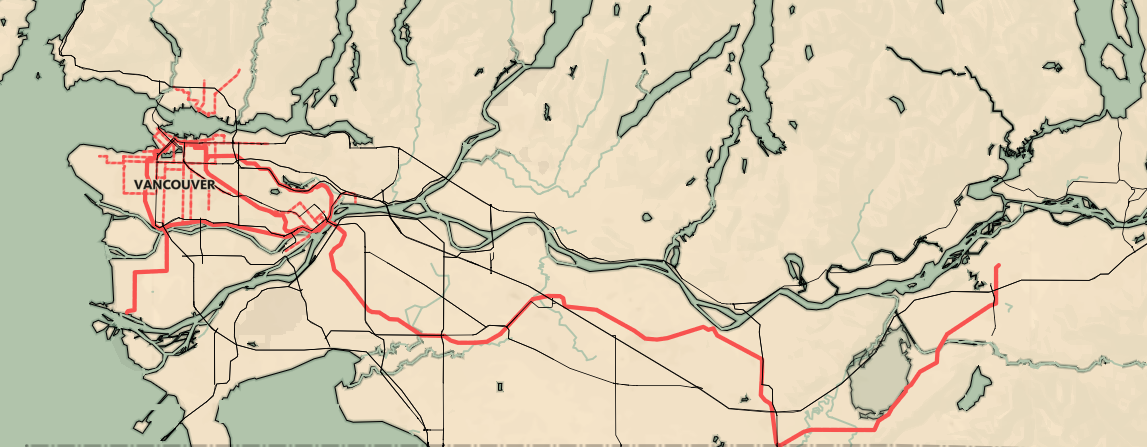
!!!error: Indecipherable SUB-paragraph formatting!!!
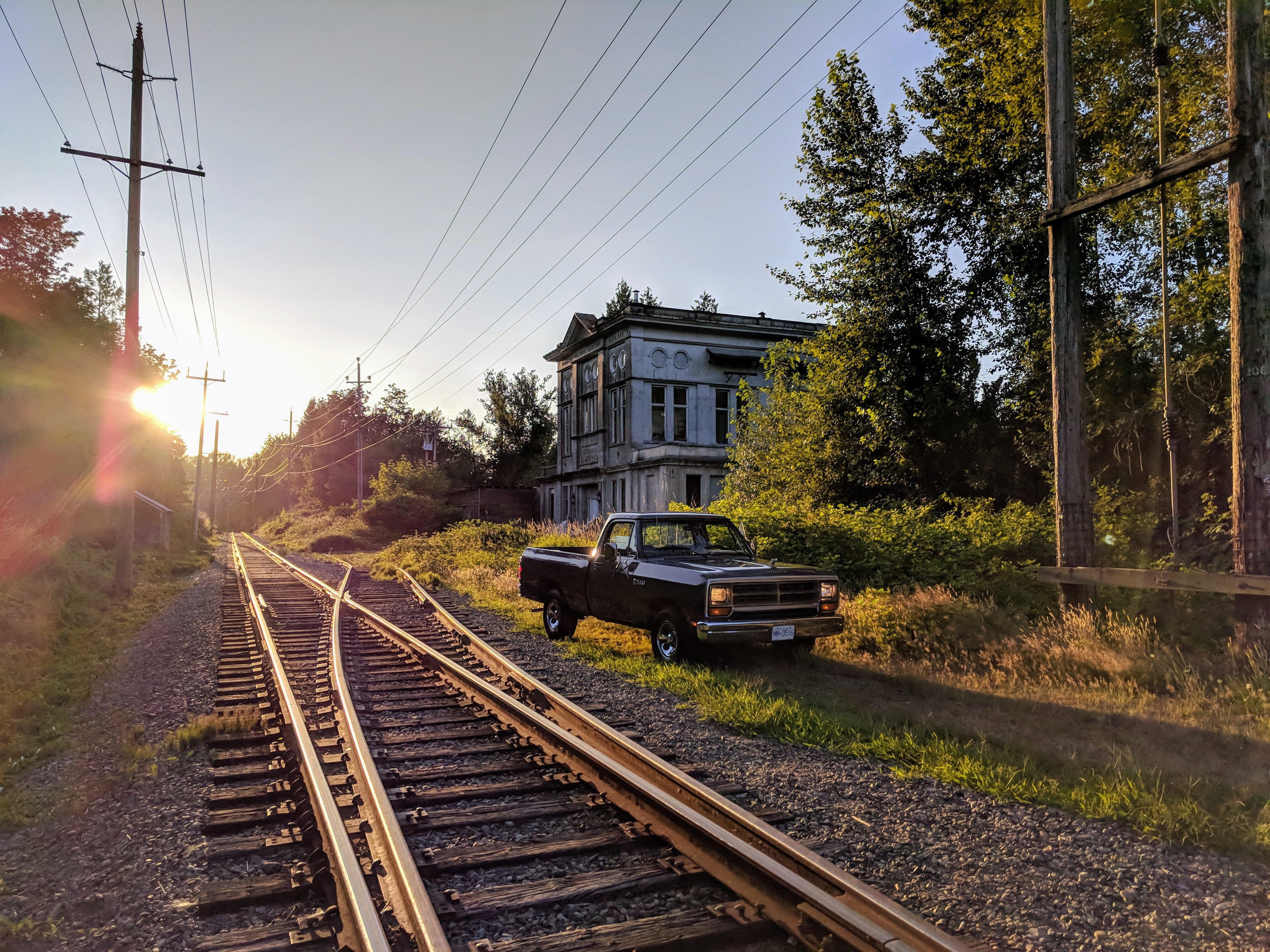
What people don’t know is that before WWII, we had electrified transit with nearly 100 stations throughout Vancouver. The lines operated in 5 lines:
the Central Park Line (similar to today’s Expo Line),
the Burnaby Lake Line (similar to today’s Millennium Line),
the Lulu Island Line (similar to today’s Canada Line)
the Westminster-Eburne Line (connecting Marpole to New Westminster)
and the Chilliwack Line (connecting New Westminster to Chilliwack)
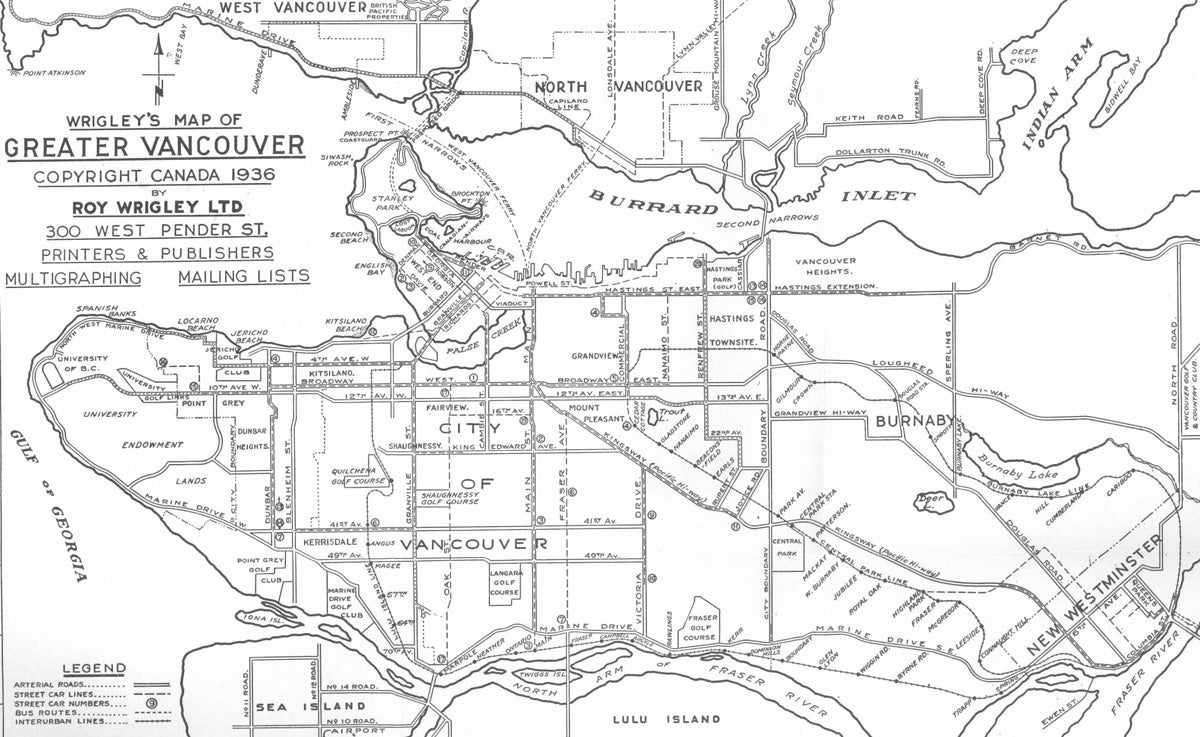
The British Columbia Electric Railway (BCER) was an interurban electric railway formed in 1897. The railway’s origins lay in the Vancouver Railway and Lighting Company, a street railway, started around 1890.
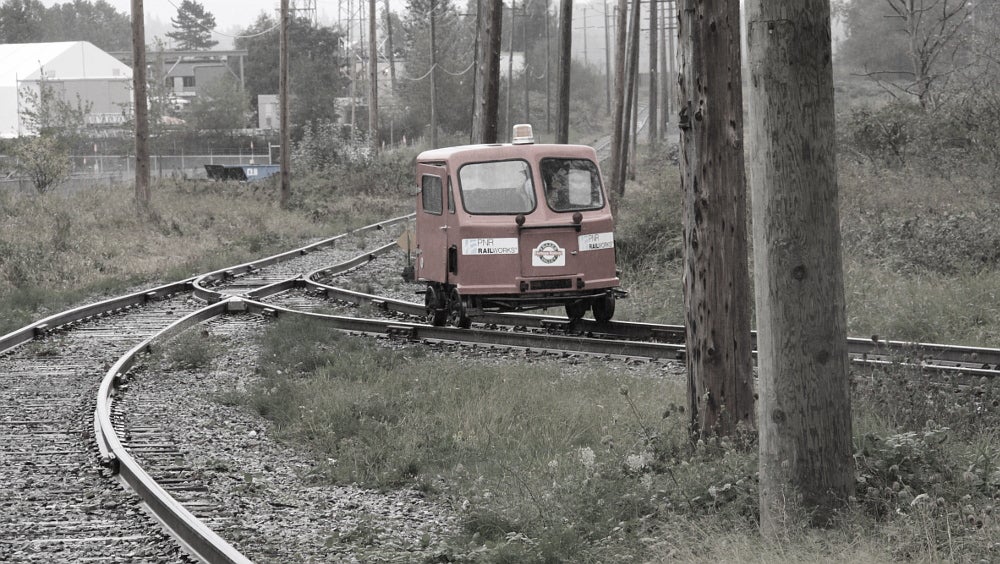
Rail Checker on the Surrey Interurban
Financed largely with British capital, the company was formed by Francis Barnard and Robert Horne-Payne, a British financier. The company was reorganized a number of times under several different names before settling on BCER in 1897. Within a couple of weeks, they had taken control of the electric rail systems in New Westminster, Vancouver and Victoria.
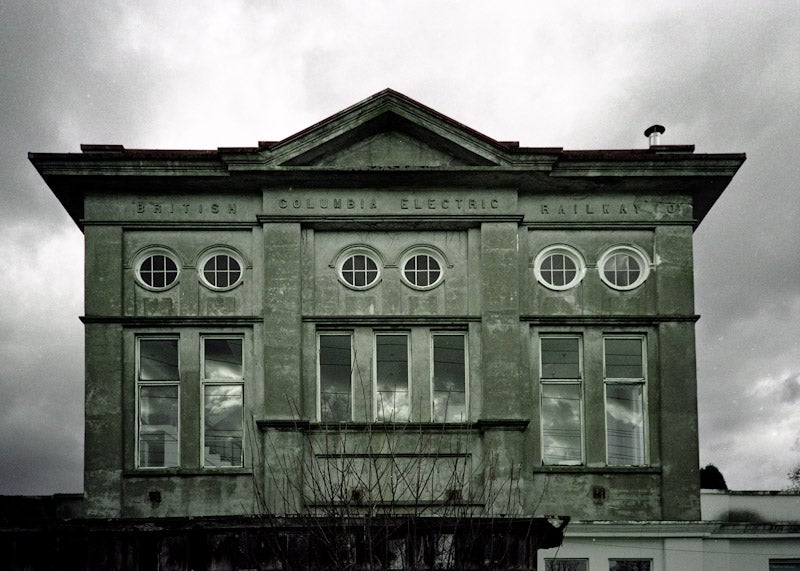
Fort Langley (Coghlan Substation)
The company’s major goal was to run the entire railway using electricity, rather than steam. To accomplish this, they needed to produce their own source of electrical power. This led to the development of an electric plant at Buntzen Lake in 1903, followed by a second plant at Stave Falls. The main purpose of these plants was to provide electricity to power the railway. Today I took pictures of what remains of some of the trestles. The rest of the rails are now below the water.
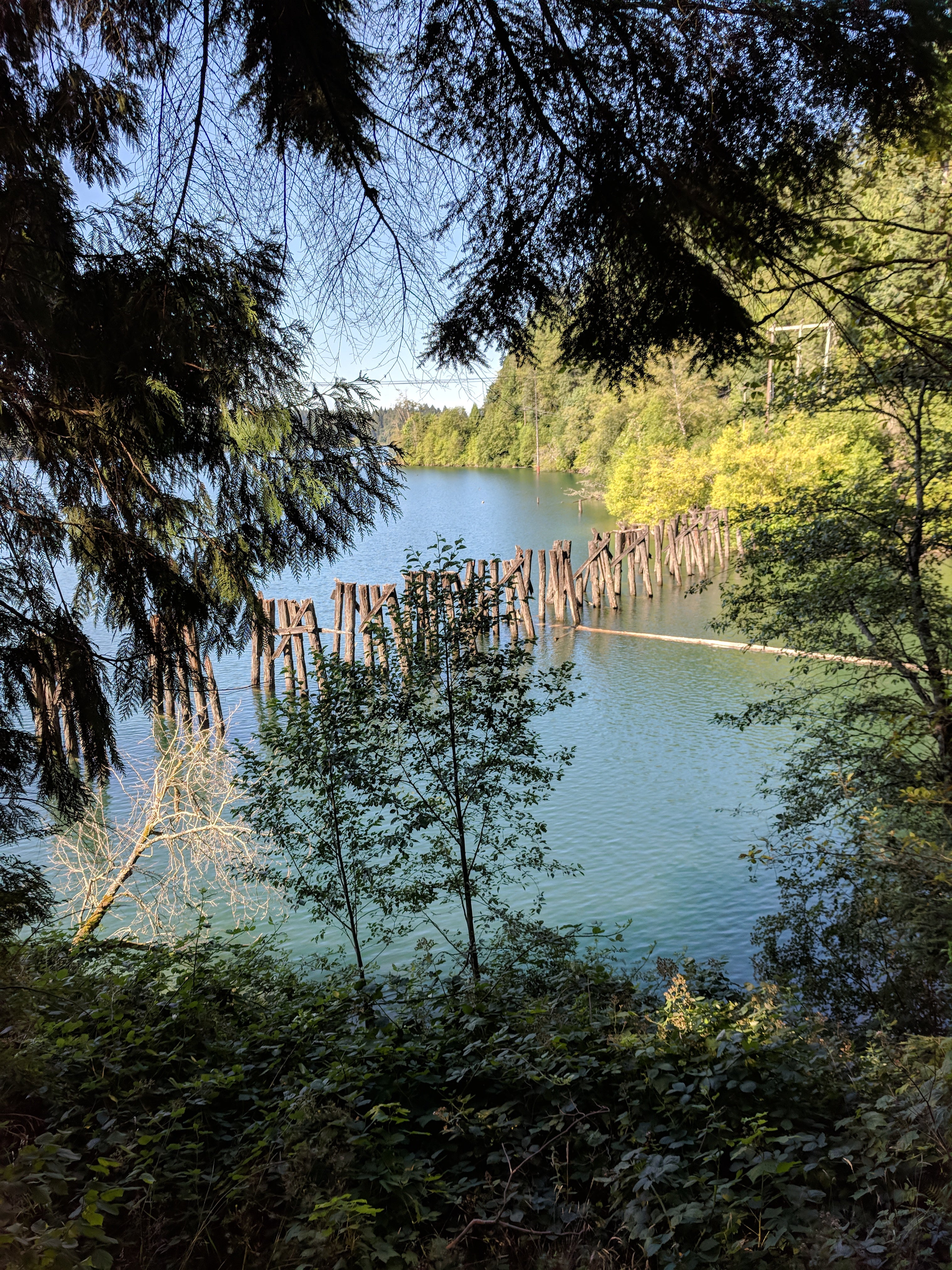

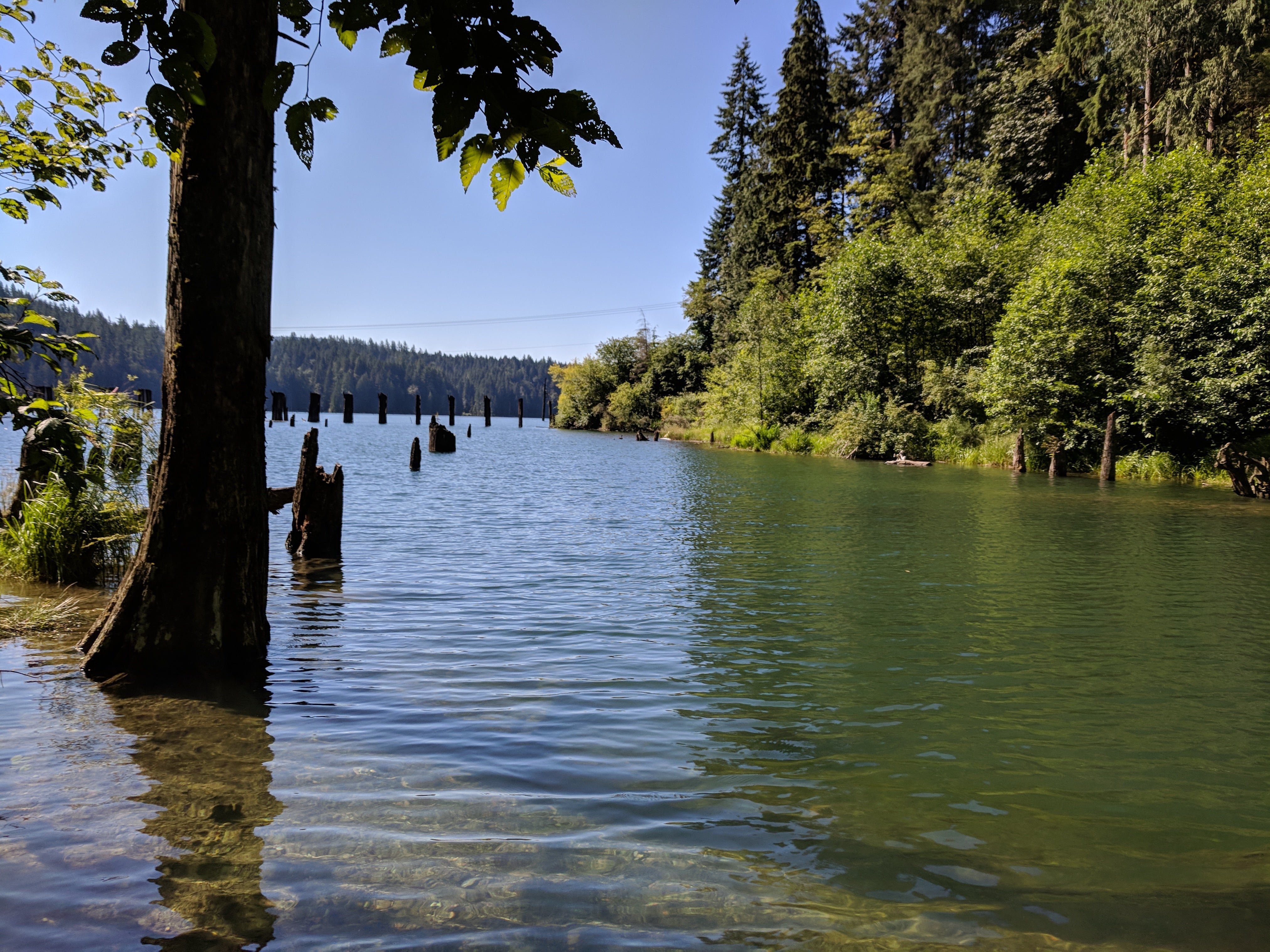
At its height, BCER provided interurban service on three lines covering a large portion of southern BC. The company also provided municipal transit service in Greater Vancouver and Victoria. BCER grew to become one of the most extensive electric railways in the world.
 wafflesnfalafel
> CarsofFortLangley - Oppo Forever
wafflesnfalafel
> CarsofFortLangley - Oppo Forever
07/22/2018 at 20:08 |
|
T hat is super cool - love all that transportation history stuff.
We walked the ex Milwaukee Road Snoqualmie tunnel this morning -

 CarsofFortLangley - Oppo Forever
> wafflesnfalafel
CarsofFortLangley - Oppo Forever
> wafflesnfalafel
07/22/2018 at 20:13 |
|
Nice! I love tunnels
 LOREM IPSUM
> CarsofFortLangley - Oppo Forever
LOREM IPSUM
> CarsofFortLangley - Oppo Forever
07/22/2018 at 20:53 |
|
Very cool bit of history. Nice photos too!
 CarsofFortLangley - Oppo Forever
> LOREM IPSUM
CarsofFortLangley - Oppo Forever
> LOREM IPSUM
07/22/2018 at 21:14 |
|
Makes me kinda pissed about the current state of things. I mean all of the scientific, political and social gainesade since the 50's but transit is way, way worse.
 LOREM IPSUM
> CarsofFortLangley - Oppo Forever
LOREM IPSUM
> CarsofFortLangley - Oppo Forever
07/22/2018 at 22:24 |
|
Yet another example of today’s problems being solved long before they became today's problems, yet everyone somehow forgot.
 Spasoje
> CarsofFortLangley - Oppo Forever
Spasoje
> CarsofFortLangley - Oppo Forever
07/24/2018 at 01:06 |
|
Did you know the substation in Abbotsford got (tastefully) converted i n to a luxury home?
http://dailyhive.com/vancouver/bc-electric-substation-luxury-home-2018
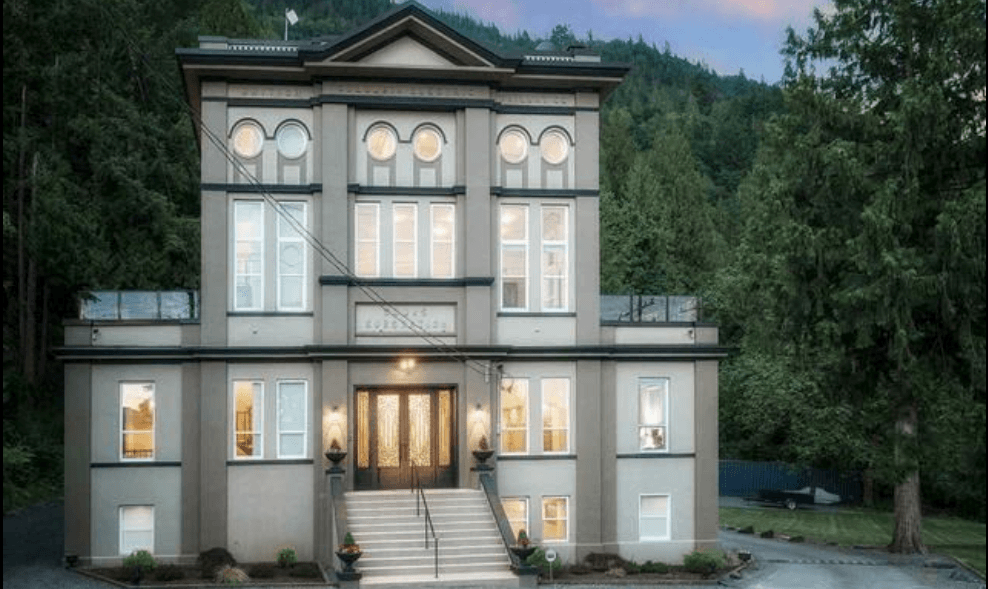
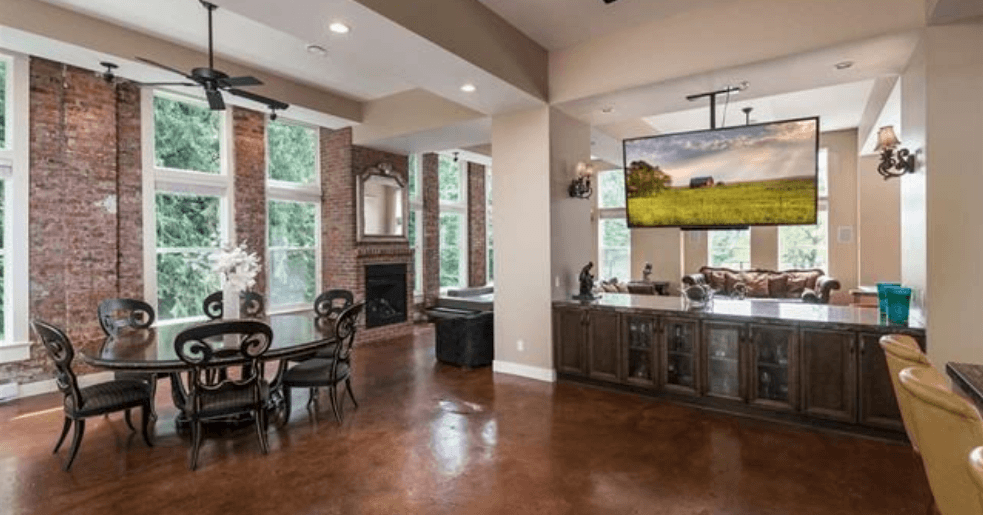
They kept a lot of the original details, basically making them the focal point of the entire house.
 mallthus
> LOREM IPSUM
mallthus
> LOREM IPSUM
08/01/2018 at 18:46 |
|
Because it’s not about “forgetting” so much as it’s about compromises. Using public transit systems, even very good ones, involves tradeoffs and people are almost always more comfortable with the problems they know (traffic, pollution, cost) than the problems that come with the alternative (lack of flexibility, time, last mile conveyance). It’s only when some negative of the status quo meaningfully changes, such as the price of fuel doubling, that people are motivated to change their routines and patterns.